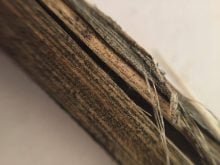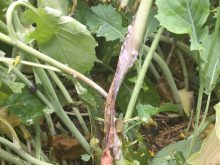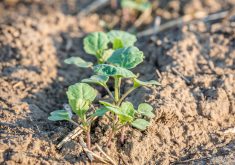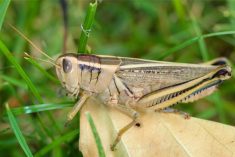When you’re looking to guard your canola against blackleg, does it pay to spray a fungicide? The short answer is yes — especially if you’re running a tight canola-wheat rotation.
Short rotations put you at the highest risk of developing a blackleg infection, since the fungus can overwinter on diseased canola stubble year over year and then infect your crop on a wider scale.
The Canola Council of Canada recommends a one-in-three or a one-in-four canola rotation, which gives the infected canola stubble time to break down.
Read Also

Cancer agency reclassifies another herbicide ‘probably carcinogenic’
The WHO’s cancer research agency has now put atrazine, a herbicide well known to corn growers, in the same potential-hazard category where the agency put glyphosate.
In addition to longer rotations, a successful blackleg management system involves using resistant varieties, seed treatments — and foliar fungicides.
By using a fungicide, you can protect from blackleg infection that may already be present, and help prevent new infection from spreading as you move forward.
Your application timing window is going to be at the two-to six-leaf stages. Though, you’re going to see the best bang for your buck at the two-to four-leaf stages. Spraying during these stages will help you protect against early-season blackleg infection that has the best chance of reducing yield and damaging your crop.
Also, make sure to control brassica weeds (like stinkweed) or canola volunteers that act as hosts for blackleg.
This agronomy tip is brought to you by Christine Spasoff, agronomic service representative, Alberta North, with Syngenta Canada Inc.















